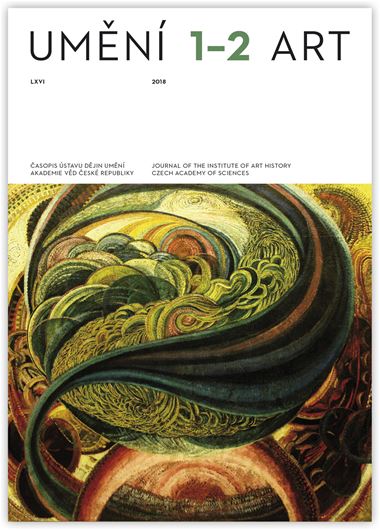Tomáš Winter
Sova a papír na hřebíku. Zátiší Karla Purkyně jako skrytá alegorie?
In 1862 Karel Purkyně painted one of his best -known pictures: the still life Snowy Owl. The aim of this article is a fresh interpretation of this canvas. On the basis of older explanations of the painting, certain theoretical concepts including Purkyně’s own opinions and knowledge of the artistic practices of the time the question arises as to whether the painting might not be interpreted as a hidden allegory. This means revealing its hitherto unknown content, encoded in a specific manner differing from symbolic expression. The text recapitulates how Purkyně’s work was received in the past by art critics and his personal attitude to painting as a specific medium, differing from other types of art. In these connections attention is drawn to one of the characteristic traits of the canvas Snowy Owl: the strikingly emphasised flatness of the part with the nocturnal predator and the written paper nailed to the wall. The author of this article proposes identifying this part as the motif of a “picture within a picture”, which Purkyně also worked with in other paintings (Politizující kovář [The Political Blacksmith], Okno [Window], Malířovo zátiší [The Painter’s Still -life]). On the basis of further analysis and the use of the theories of Walter Benjamin, Craig Owens and Benjamin H. D. Buchloh the Snowy Owl is interpreted not only as the depiction of reality, executed with masterly painting technique, but also as a hidden allegory, relating to the nature of modern painting.
Full-text in the Digital Library of the Czech Academy of Sciences:
https://kramerius.lib.cas.cz/uuid/uuid:5047316c-5e90-4085-b38d-491d4188c528
< back

